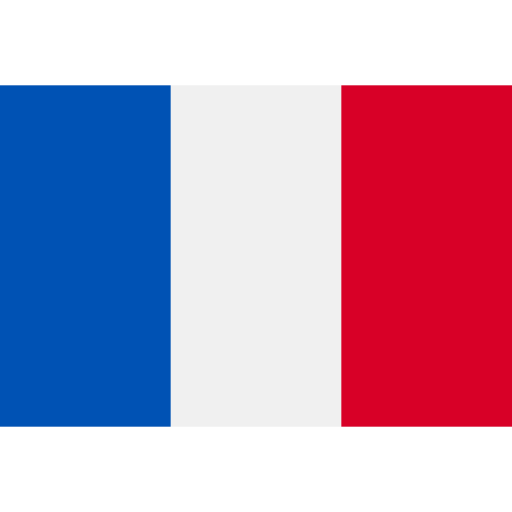Big drop in money for Seattle affordable housing as construction slows
[ad_1]
High interest rates and questions about the future of office work are eating into a Seattle program that mandates developers help build new affordable housing.
The city’s Mandatory Housing Affordability program, which requires developers build or pay for new affordable housing, saw a 15% dip in revenues in 2023. That the program would generate fewer dollars is an unsurprising outcome of the broad slowdown in development in Seattle. But the size of the decline is notable — last year’s dip was just 1.5%.
“We have entered a difficult economic period for developers,” Nona Rayburn, spokesperson for Seattle’s Office of Housing, said in an email.
The city’s Mandatory Housing Affordability program is one of three main sources of funding for affordable housing in Seattle, in addition to the housing levy and a payroll tax on the city’s largest businesses.
The program came out of a 2015 “grand bargain” between developers, affordable housing providers and city government. In exchange for increased zoning capacity, developers would be required to either set aside housing in their buildings or pay into a city fund to construct it elsewhere. The cost ranges between $11 and $45 a square foot, depending on the building’s location.
In 2023, the program brought in around $63 million from 227 projects across the city. That’s a notable drop from the $75 million generated the year before from 261 projects.
For the city’s affordable housing developers, the decrease is another piece of unwelcome news in what’s becoming an increasingly difficult building environment. Although voters approved a $1 billion property tax levy to fund new housing last year, larger headwinds have posed a threat to adding more supply. Many developers are stuck on expensive construction loans as they struggle to lease up or collect rent on all of their units while others see their dollars run dry as interest rates climb.
In response, Seattle already announced a far smaller annual award for new affordable housing earlier this year, instead dedicating city dollars to shore up previously funded projects and help nonprofit providers of low-income housing with climbing operating costs.
The Mandatory Housing Affordability program and parallel upzones were passed into law via a series of votes between 2017 and 2019. Since then, the program has raised more than $300 million for affordable housing. Fewer developers choose the so-called “performance” option of dedicating on-site affordable housing, though more than 400 homes have been created.
In 2023, 123 new units were dedicated for affordable housing in market-rate buildings compared with 77 the year before.
The mayor’s office has launched a review of the Mandatory Housing Affordability program, expected to be completed by the end of the year. Councilmember Cathy Moore, who chairs the Seattle City Council’s Housing and Human Services Committee, said, “This will tell us a lot more about how this is working and what, if any, changes should be made.”
Over the course of the program, a large slice of the dollars generated for affordable housing have come from in and around the University District, where development of housing and commercial space has been significant. Next is the downtown area, followed by northwest Seattle, near Ballard.
More than a quarter of those dollars have been spent in South Seattle — Othello, Beacon Hill and Rainier Valley. The Northgate and Lake City neighborhoods have also seen a large investment.
Estimates show that Seattle needs at least 112,000 new homes by 2044 — 44,000 of which need to be affordable to people earning less than 30% of the city’s area median income of just over $100,000.
Seattle reached peak levels of permitting for new housing in 2021, issuing more than 13,000 that year. Since then, the numbers have begun to decline: last year, the city issued just 6,000, less than half of 2021.
[ad_2]
Read Nore:Big drop in money for Seattle affordable housing as construction slows

 Canada
Canada Japan
Japan Germany
Germany Australia
Australia United States
United States United Kingdom
United Kingdom China
China France
France Ukraine
Ukraine Russia
Russia Turkey
Turkey
Comments are closed.